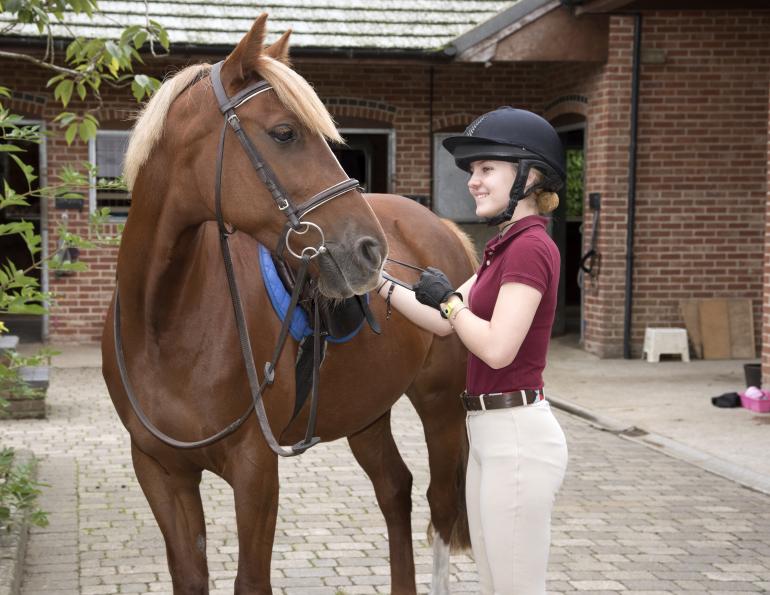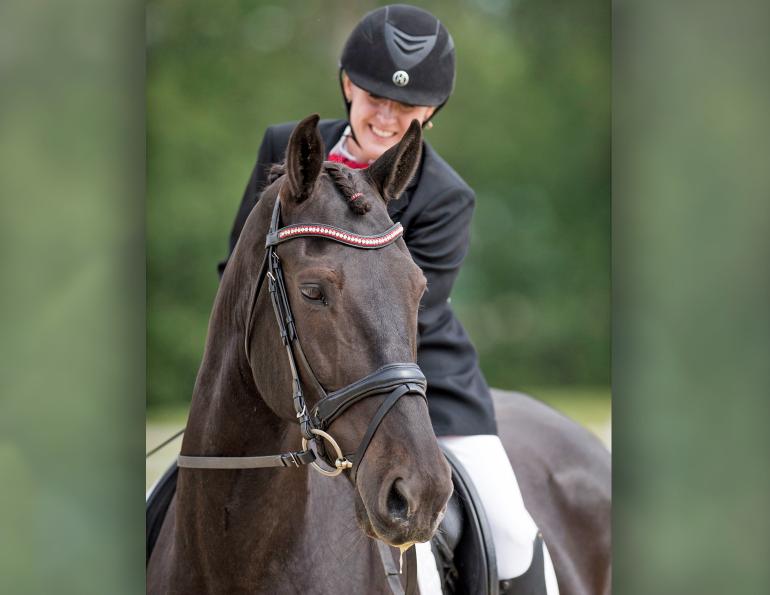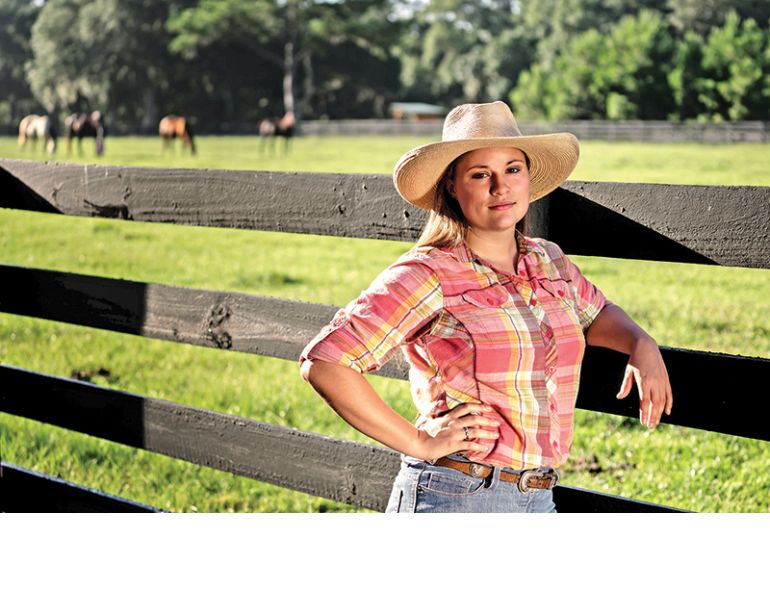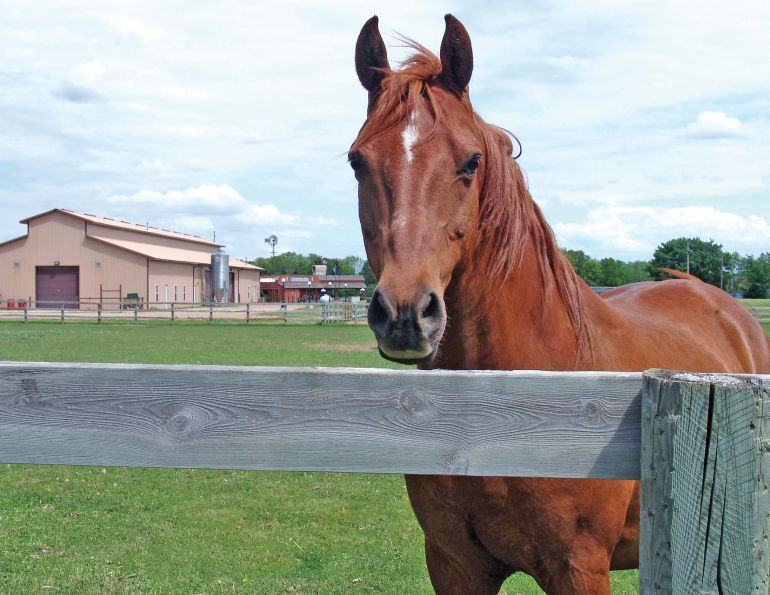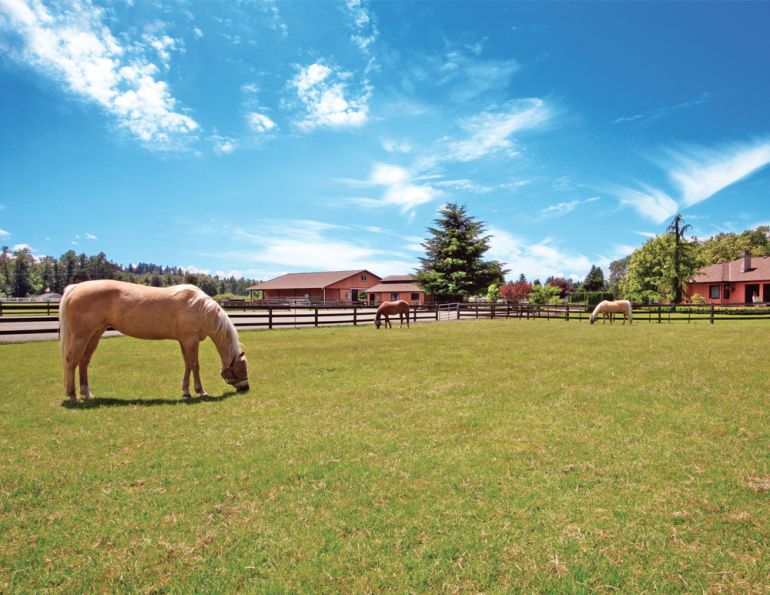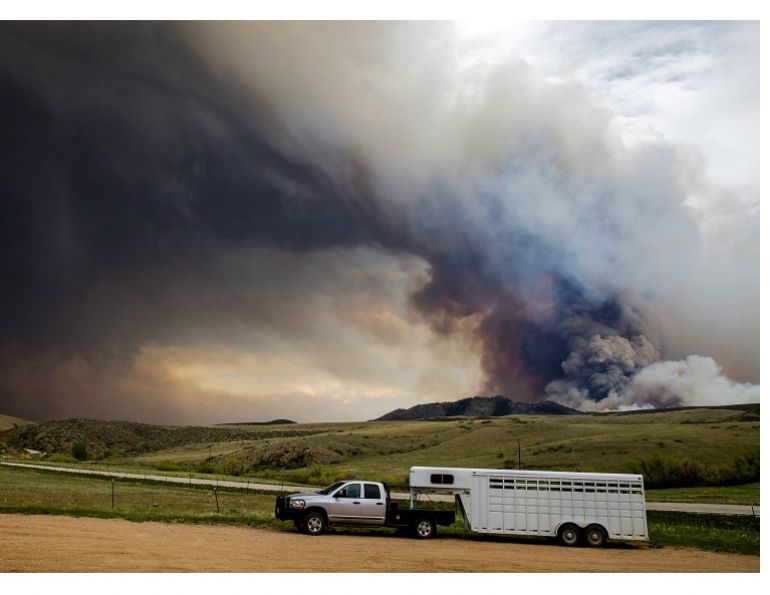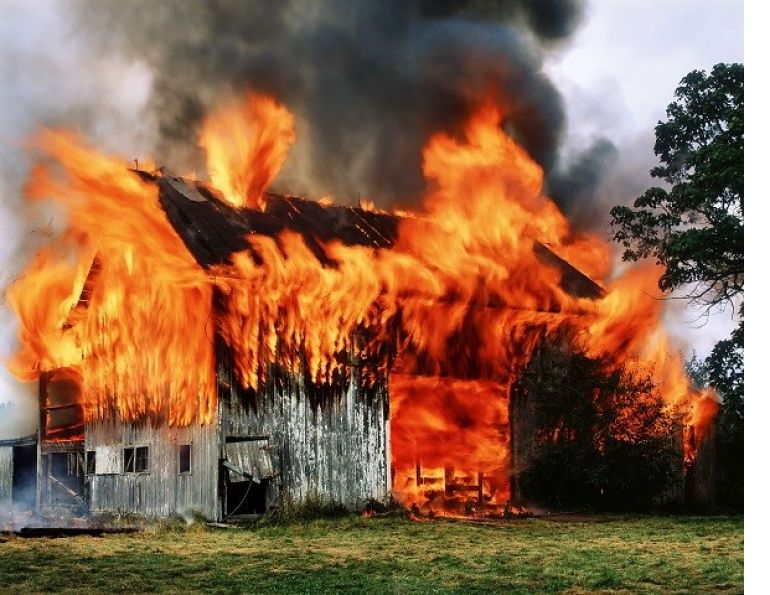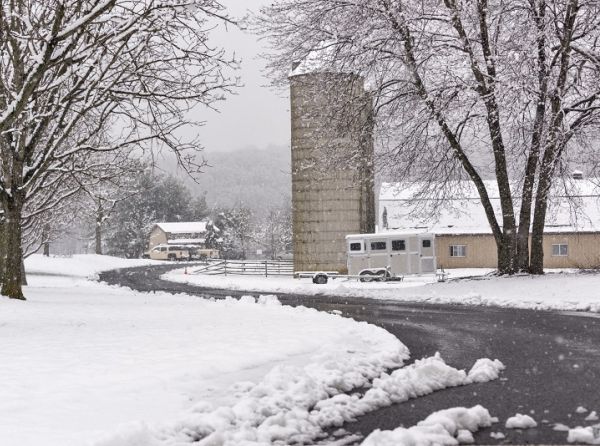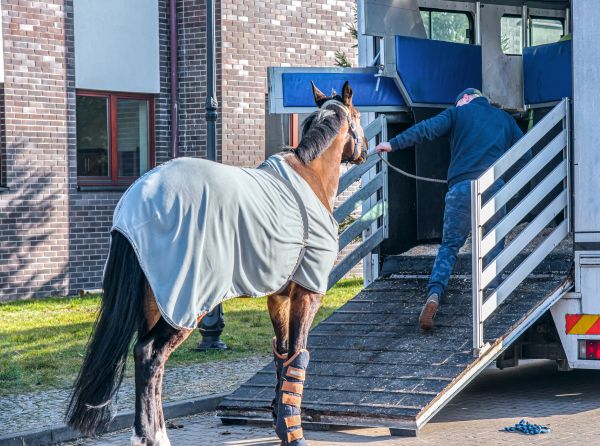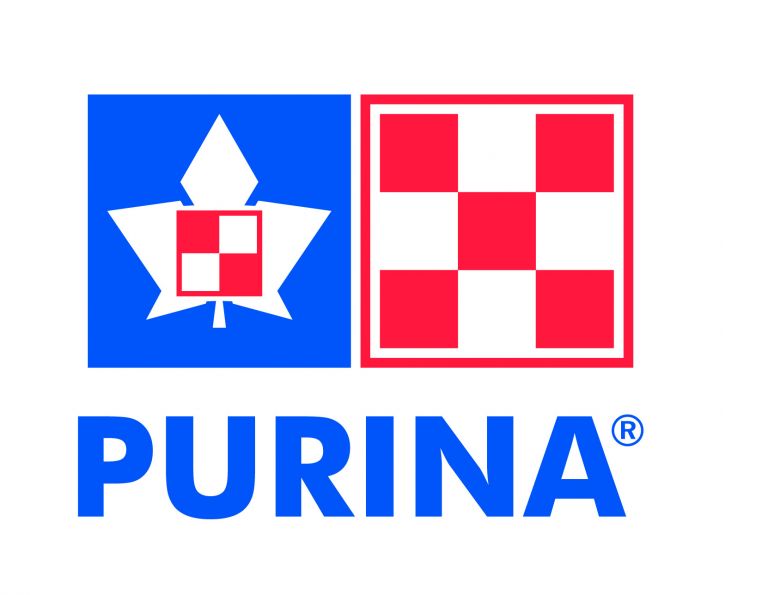Source: Equine Guelph
It will be critically important to maintain physical distancing as barns prepare to re-open with a new “normal” for the upcoming months. The maintenance of six feet physical distance will need to be strictly enforced as well as many new cleaning protocols.
Recommendations
- Set up an area at the entrance and exit for everyone to wash their hands and to scrub and disinfect boots.
- Consider a drop-off area so riding students can go directly to their lesson horse in the arena.
- Continue to adhere to physical distancing staying six feet apart from others. Many factors will need to be well thought out including spacing out areas used to prepare horses for riding, maintaining distance during riding activities, and limiting the number of riders and spectators. Requiring people to wear cloth masks when unable to maintain six feet of distance is not unreasonable.
- Stock your first aid kit with disposable masks and gloves, and ensure first aiders are aware of COVID-19 related first aid protocols. Discuss with your local public health authorities to determine best practices.
- Create a cleaning and disinfection schedule to execute multiple times a day for common areas and frequently touched items such as doorknobs, light switches, horse stalls (including stall door latches), tack rooms, wash stalls, hoses, sprayers, bathing and grooming equipment, cross-ties, pitch forks, brooms, shovels, wheelbarrows, and tack. Have clear guidelines for disinfection of different items and who is responsible.
- Consider setting up outdoor grooming stalls if practical or only allowing tacking up in the horse stalls rather than sharing cross-ties and asking riders to wipe down areas they have touched with disinfectant. Clean tack and grooming supplies after each use.
- Use outdoor rings whenever possible.
- Create a schedule for lessons and boarders, and limit the number of people allowed on the property at one time. Keep a sign-in list.
- Modify your Biosecurity Plan following the six steps outlined in the National Farm and Facility Level Biosecurity Standard for the Equine Sector.
- Self-screening should continue to be adhered to and anyone exhibiting any signs compatible with COVID-19 should not be allowed on the property.
It is important to always practice good general stable biosecurity practices such as wearing clean clothes to the barn and cleaning and disinfecting boots — if visiting more than one barn in a day, do this for each facility. Remember to bring clean riding gloves for each visit too.
Learn more ways to reduce your barns biosecurity risk with Equine Guelph’s Biosecurity Risk Calculator.
Infection control expert, Dr. Scott Weese on Coronavirus:
“It’s an easy-to-kill virus. Pretty much any disinfectant will do it, as will time and/or sunlight. (The virus will likely only survive a couple days on surfaces, often less). The main risk isn’t the environment, it’s people. If they have this virus on tack, that was put there by an infected person who poses more risk.
Measures to keep high risk (sick, exposed) people out are critical. Beyond that, things like minimizing crossover of tack and surfaces, and cleaning/disinfection are useful but are very much plan B.
"Leather doesn’t tolerate a lot of disinfectants. There are likely some household disinfectants with claims that they are safe on surfaces like that, and those should still be effective since this virus is wimpy. Otherwise, wiping off the disinfectant after the appropriate contact time (varies with product, usually two to fifteen minutes) can help reduce damage.
"Given the susceptibility of this virus, even soap and water can be effective. So, for routine situations where increased control is desirable, washing with a leather-safe soap would be reasonable. If there’s real concern about an item, then a disinfectant would be appropriate, or the items could just be left alone for a few days."
Reprinted with the kind permission of Equine Guelph.
Photo: Shutterstock/Peter Titmuss



